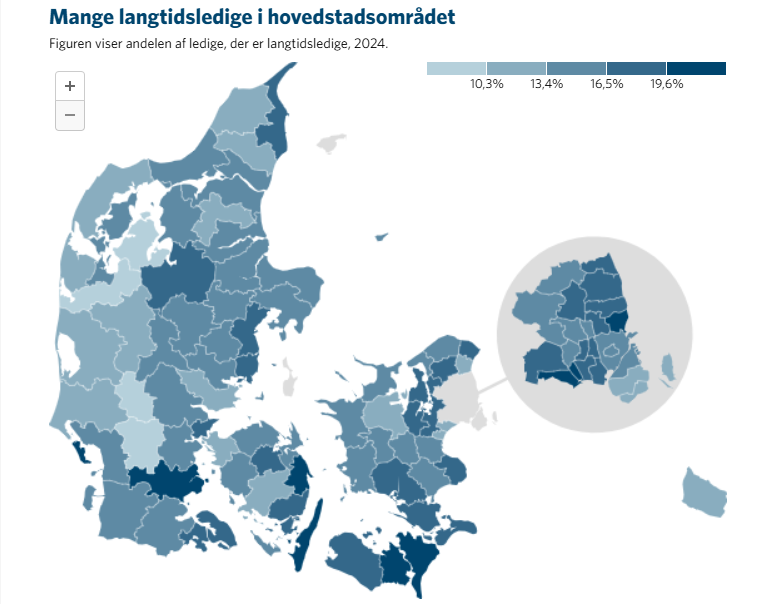A Danish satellite the size of a milk carton has successfully been launched into orbit in a bid to assist air traffic over large oceans.
The GOMX-1 satellite, developed by the Aalborg-based firm GomSpace, was sent into orbit by a Russian Dnepr rocket and data confirmed on Friday that the satellite was fully functional.
“GOMX-1 was launched today on schedule and has performed brilliantly throughout the Early Operations phase. All telemetry indicates a healthy spacecraft with lots of power available and a solid radio link,” GomSpace wrote on Facebook.
READ MORE: First Danish astronaut to journey into space
Three years in coming
The launch of the rocket, carrying a total of 32 mostly small satellites like the GOMX-1 called CubeSats, occurred on Thursday in Yasny, Russia.
”On top of three years of work and the nerve-wracking launch yesterday, it’s fantastic to confirm that the satellite is doing well and the entire team is eager to test all the systems and evaluate data over the next few days,” Lars K Alminde, the head of GomSpace, told Ingeniøren newspaper.
The GOMX-1 satellite weighs two kilos and its mission is to prove that CubeSats can pave the way for more efficient airplane fuel consumption and improve air traffic over large oceans.
READ MORE: Danish researchers: The universe is older than we think
Planes will be better guided
Airplanes around the world emit a signal that can be received by GOMX-1 which can then send it on to air-traffic controllers around the world at a time when passenger airplanes still rely on 20-year-old radio technology for communicating.
The ageing technology means that pilots flying across large bodies of water are often unable to contact land for long periods of time, leaving only the pilots aware of the precise location of the airplane. Air traffic controllers have no information regarding the planes’ location and cannot guide the pilots around fuel-inefficient weather systems.
According to Alminde, the technology will be ready for commercial use sometime in 2015 and it would take 60 satellites to cover the whole world.
The GOMX-1 emits a signal at a frequency that allows amateur radio enthusiasts to follow its orbital path.













